[Note from Brad: This post contains a little PG-13 language/imagery.]
I would first like to thank Scott and Brad for inviting me to be today’s guest blogger⦠it’s quite an honor and hopefully I won’t make them regret asking me. Like most of us here, I am an image guy and words are my enemy. So, I will do my best to finish a thought, not use run-on sentences, and in the end, shed some light on what I do as a digital artist.
For those of you who don’t know me or my work, let me give you the elevator ride explanation of who I am. I have been in the business of making images for high profile clients, ad agencies, and celebrities for over 15 years. After graduating from the University of Michigan, I cut my teeth in a small retouching studio and worked my way up through studio/agency life until venturing out on my own. I consider myself a digital artist, who’s specialty is creating hybrid images. This is done by combining all of my skill sets into one image, CGI, illustration and photography.
One of the most rewarding aspects of what I do is collaborating with some the best photographers in the world. Working with another artist on a project can be very rewarding, especially when you can combine your talents and create something better than you could have alone. I have had the luxury of working with some great photographers and I would like to shed some light on how the whole process works. Keep in mind that there is no one formula for working together, as we all know, people are very different and so is my approach when working with photographers. The best way to explore this topic is to use real world examples and talk a little bit about approach, collaboration and promotion.
I will start off with a photographer who has done the guest blog before and who has inspired me to be a better artist. That guy is Tim Tadder. Tim and I met a few years ago and we both felt an instant connection in our work⦠wow, that sounded more like a “bromance” story, not that there is anything wrong with that. Anyways, Tim and I have come to rely on each other for creative inspiration and as sounding boards for ideas.
With all collaborations there has to be a trust built and that doesn’t come overnight. We started out working on some small projects in the beginning, just to see how well we could work together as creative equals. We realized that we not only work well together but kicked some ass, this led to collaborations that went outside of commercial work and more into personal projects. You know, those things you do just for fun! Our first personal collaboration was “The Future of Sports.”
I can’t remember where or who got the first inspiration, but it was sparked by some visuals of illuminated objects and how the object created light in it’s space. Skipping ahead and past all the discussions and samples we threw back and forth, we came up with an idea of applying this technique in the sport world (something Tim and I both love). Now comes the part where Tim and I work differently than I do with most other photographers.
Tim likes to have his image planned out ahead of time so he can direct the lighting better on set. This means, I usually have to create rough backgrounds and environments before the shoot so that he can fit the subject into the scenes and make sure all the lighting and perspective will match my cgi backgrounds. This process involves a lot of back and forth between myself and Tim to make sure we are on the same page.
This holds true once the image is shot and the compositing/retouching portion begins. The creative process is pretty fluid and the vision you had at the beginning tends to morph and change as you go along. Sometimes I will put something together that triggers an idea in Tim or vice versa, what you have to make sure is that you have an open mind and don’t take any criticism personally, but instead use it as insight and push yourself to try something new or better.(Damn it, there was a run-on sentence and I was doing so well!)
I have a philosophy whether working with another artist or by myself⦠if I am not feeling it and my gut is telling me it’s not good. Guess what? It’s not good. Don’t get so attached to a project or image that you are afraid to start over or worse yet, don’t take suggestions from another artist. Just because we put work into it, doesn’t mean it’s worth anything, sometimes it’s better to just start over.
So, can this process work in reverse? Absolutely. I have been working with another photographer, Paul Mobley, for years and our process is the complete opposite. Paul and I are currently working on a celebrity book project and the process is always the same on every shoot. Once Paul schedules a shoot, we discuss the celebrity and try to come up with an idea or two that best captures their personality. We do this so we have some kind of game plan going in and to make sure to get any props if needed. But in reality, the main plan is to cover off as many shots as he can get in the time allowed and to explore any and all ideas while shooting.
How does that work? Basically, Paul will shoot for our “main idea” to break the ice, but then he will start to freestyle once he gets the vibe of the celebrity, location and mood. I will have Paul shoot portraits and full body shots on green screen whenever possible so that I can do my own creative exploration once the shoot is over. This creative thinking is working in reverse, I get the main image and then build around it. I enjoy this flow of creative much more because I can use the base image as inspiration and take it in a whole new direction and experiment on my own. A perfect example of this was the Verne “Mini-Me” Troyer image.
Paul captured a great moment when Verne gave him the finger, but he was just standing on a table in front of a gray wall. Once I saw the shot I knew I wanted to put him on an oversized chair to really show off his scale, but keep it simple so that Verne was the focus of the image. I decided to create a chair and set CGI and compose the two together. This is where understanding the lighting style of the photographer is very important. The biggest giveaway that something is composited are the shadows, so making sure you not only match the light but also the shadows, this is key to a believable blend.
The third way that I work with photographers is probably the most common, but also a little tricky because it’s not truly a collaboration. Basically, I will get a request from someone that has a bunch of old shots that they took in the studio, but they don’t really know what to do with them? They like the shots they took, but they want me to try and create something dynamic or fresh from a typical studio shot. These are the projects I am very selective on what I accept and turn down.
There are three criteria I follow: One, the shots need to be well executed for lighting and isolation. Two, the subject matter has to be interesting and current. Three, I need to feel inspired by the image. The last criteria is the most important because if I don’t get juiced to work on the images (even if they are willing to pay) it tends to fall flat on its face and it turns more into a job than a personal project. When I get inspired by an image, it will spark an idea that I can get excited about and that will translate in the image. This is what happened when photographer Atiba Jefferson approached me to work on some of his studio images. With no direction or concepts, Atiba just wanted me to “do my thing.” Well, I did “my thing” and was pretty happy with the results, as was Atiba.
Now you’ve collaborated on a kick ass project and made some great images⦠now what? One of the big advantages of working as a team is in promotion, and even better, sales. When you work as a team, you promote as a team and now you have an advocate showing your work. There are people who have no idea who I am, but they might know the photographer I am working with, so this opens the door to my work.
This can work in reverse as well, not that I have any where near the following as Tim or Paul, but you get my point. In today’s world, if you put out great work online it will get noticed, and I am a huge believer that some of the best work comes out of collaborations. It might not always be a digital artist and a photographer, but maybe a great fashion designer, or makeup artist, or special effects guy. If you can partner with another creative that has a like vision, sense of style, and is willing to give and take, you are bound to create all kinds of awesomeness!
You can see more of Mike’s work at MikeCampau.com, and follow him on Twitter, Facebook, and Behance.



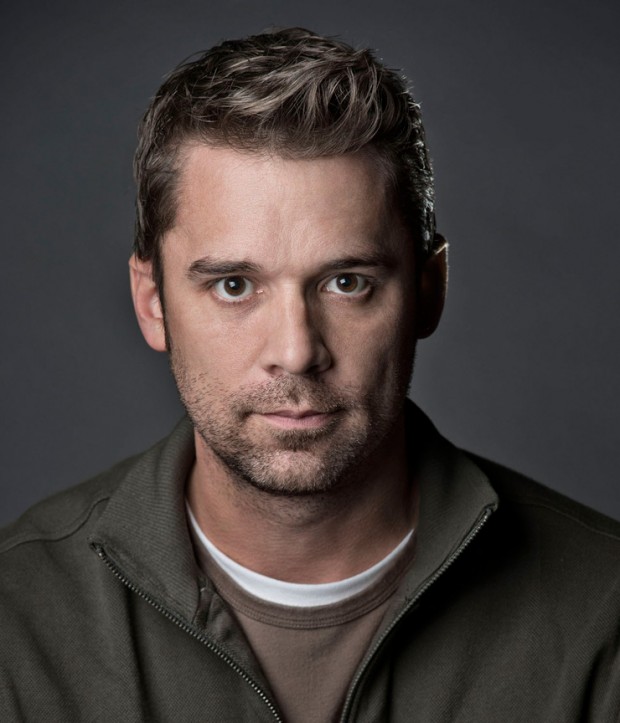
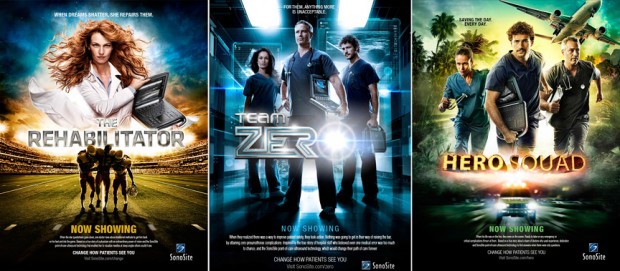
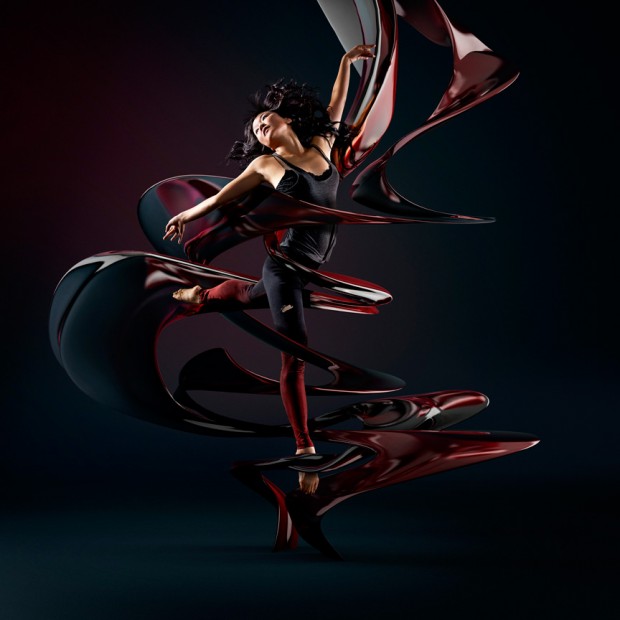
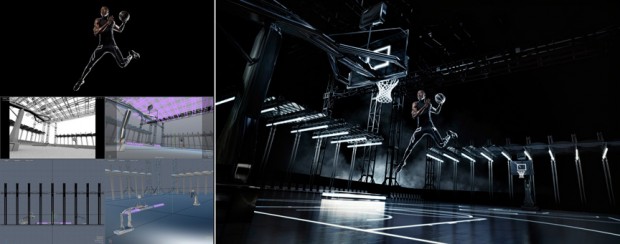
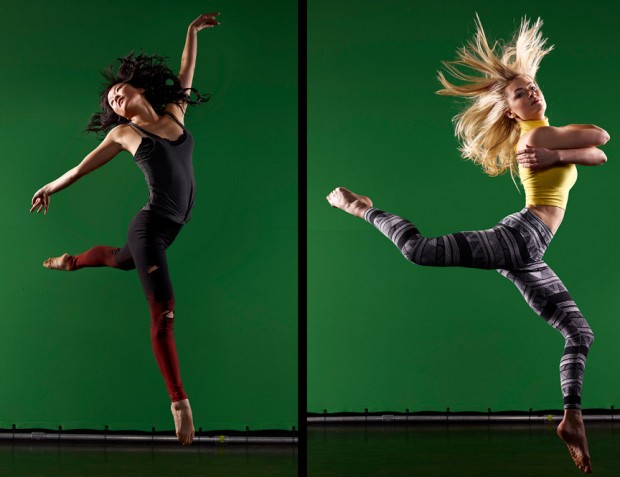
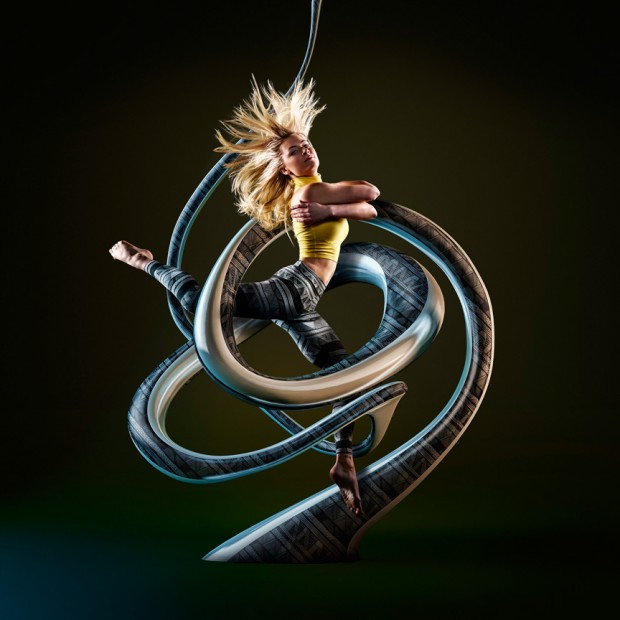
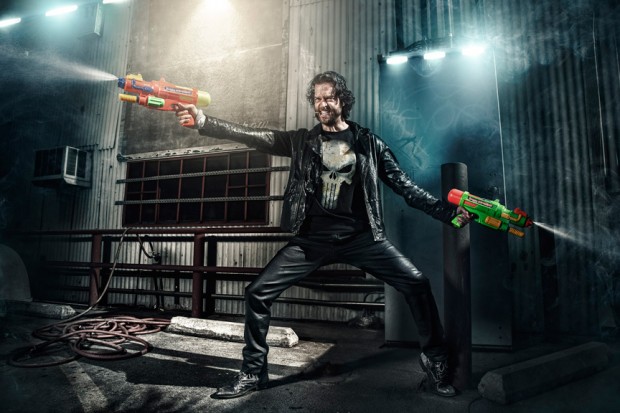
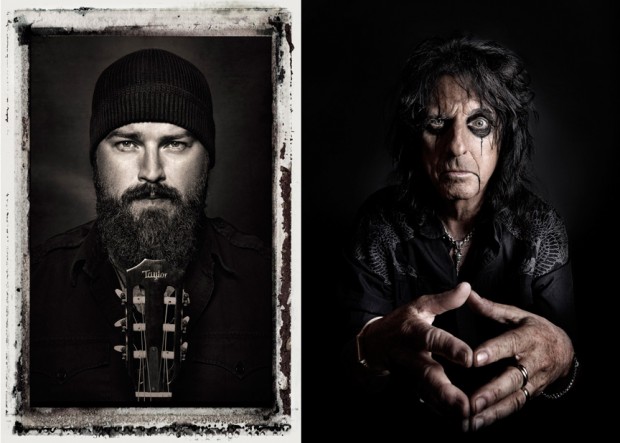
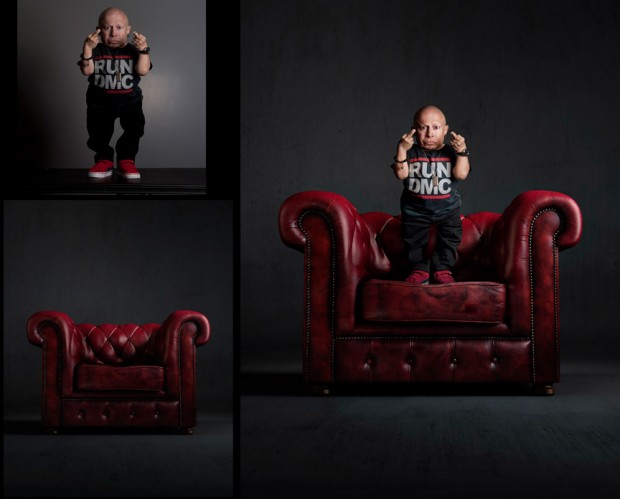
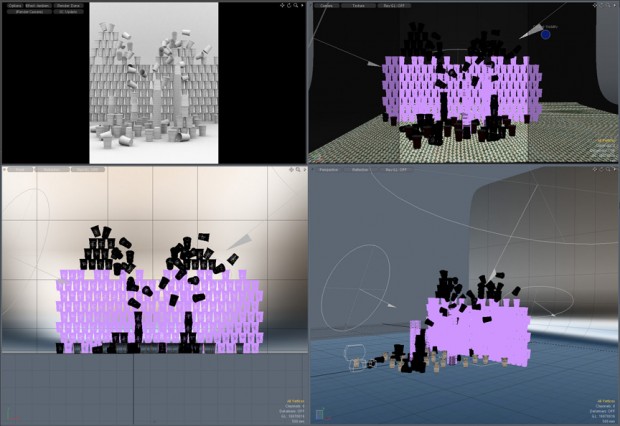
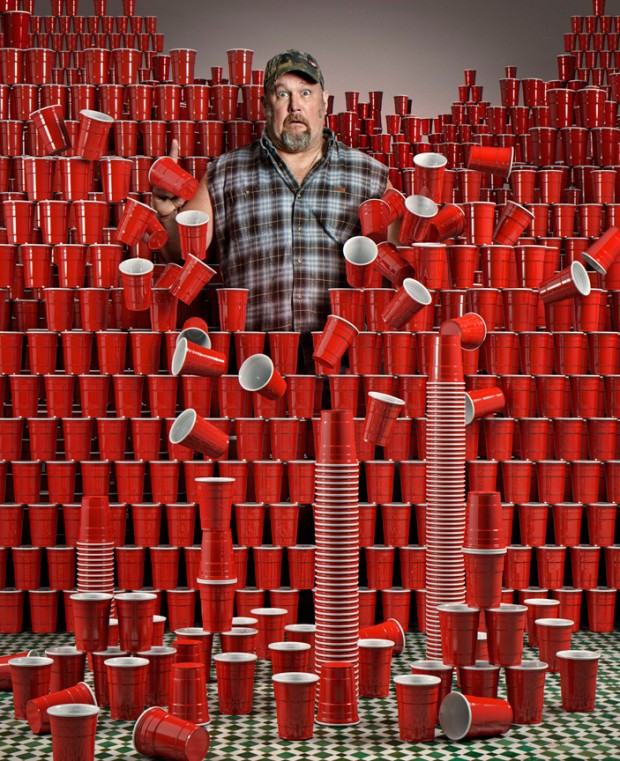
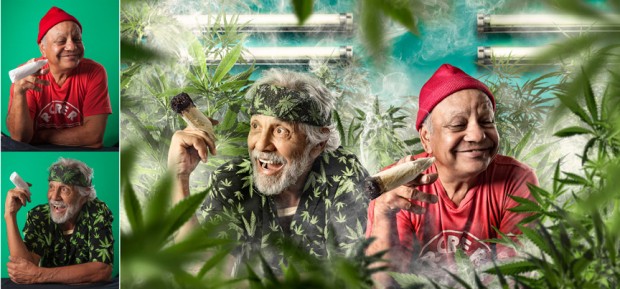
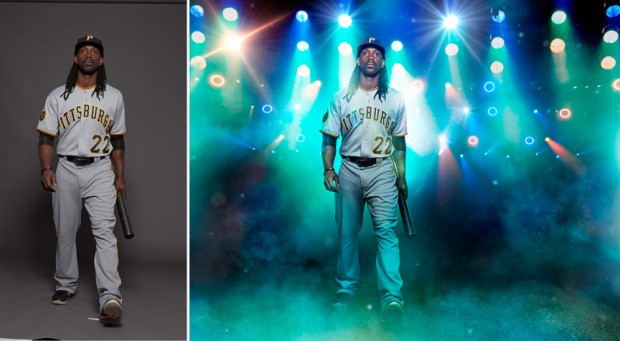
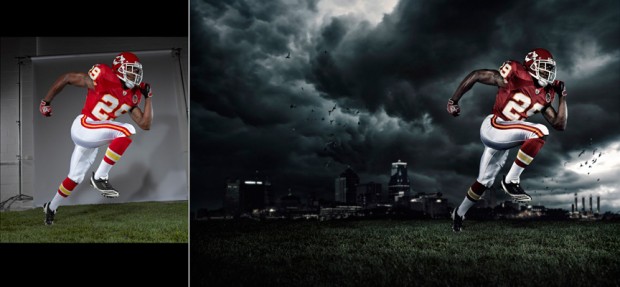
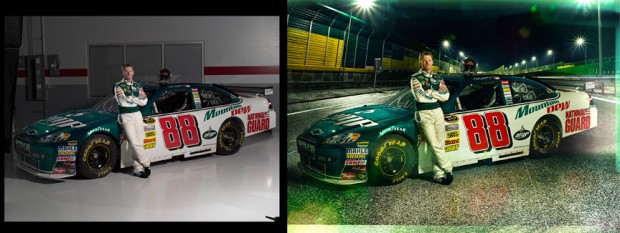
Fascinating, you should be tapped to do a compositing class for Kelby Training! (Not sure if I could keep up!)
hmmm, sounds like a good idea… might have to give that some thought.
Not much in terms of photography here, but great digital art and a really talented image artist.
thanks Mattes!
I only have two words to say here. (1) wow (2) WOW!!!
Amazing work, love the blend of all available tools to make these images, and like Joel Grimes always says, its about selling the fake. It doesn’t matter that various tools are used to create the image. It’s like magic, the graphical sleight of hand. The end result is what gives the wow factor, I do love the behind the scenes though. I now have a new person to follow and be inspired by :) thanks guys.
I have two words for you… 1)Thank 2)You!
Excellent work Mike, great images!! I’m making my way in compositing and your work is more than inspirational. I’m already a big fan!
I love the shots and the story, And you saved my favorite shot for the last. The 88 shot is KILLER! Bravo!!!
Love the shots and especially appreciate your ability to composite live photos with CGI.
I’m a studio photography who’s looking into Modo. Do you use this software and regardless, how difficult was it to create the red leather chair? Does the time it takes to do the CGI chair make it a good solution to going out and renting one?
Did I mention that I really like your work? :)
Love the shots and especially appreciate your ability to composite live photos with CGI.
I’m a studio photographer who’s looking into Modo. Do you use this software and regardless, how difficult was it to create the red leather chair? Does the time it takes to do the CGI chair make it a good solution to going out and renting one?
Did I mention that I really like your work? :)
If you have a studio available at no cost and you can experiment with a chair and set, I would definitely just shoot the prop. But if not, you can play with lighting and variations pretty quickly using CGI… It’s always a case by case scenario to use cgi or not. Thanks!
Your work is in a class of its own. I live in Qatar and saw “The future of sport” concept bought by Aspire Academy. Work like yours pushes designers and creative individuals like us to be the best we can be. THANK YOU!!! Keep shooting and creating awesomeness.
Thanks Hammad, Qatar is an incredible place and hopefully the images helped improve the experience in the Aspire sports facilities!
Definitely, your work has helped Aspire uplift their brand image ten folds and set themselves apart from the competition. Everyone who has been there has seen it, and left with their jaws dropped :)
Amazing Work. I follow you on Behance and I am truly inspired by your work!
Is there any way you can tell us what software you use?
I look forward to seeing what you do next!
Hi Melissa, Thanks for following my work… it’s always nice to hear. The two apps I used the most are Luxology MODO and Photoshop. There are tons of options in cgi and I do use other software when needed, but those are my “go to” programs.
Simply amazing!
Very inspirational, great work!